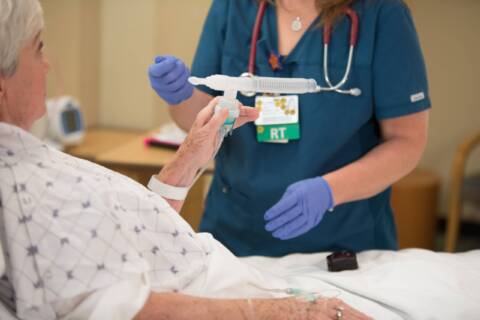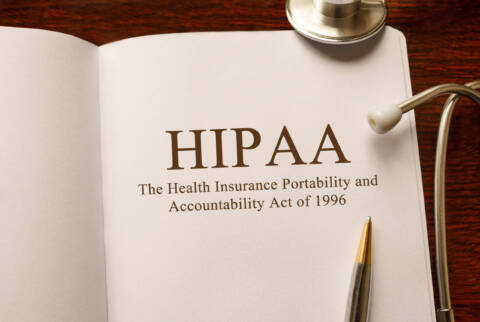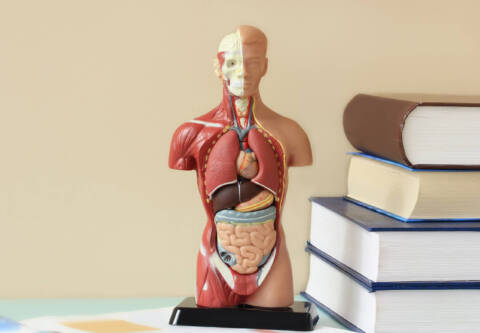Respiratory Therapist Versus Respiratory Technician
If you’re considering a career in healthcare but aren’t sure which path to pursue, respiratory care may be worth exploring. Respiratory care is a specialized area of healthcare that focuses on the evaluation, treatment and management of patients with respiratory disorders and conditions, such as asthma, pneumonia or cystic fibrosis. There are two distinct positions within the field of respiratory therapy: respiratory therapist and respiratory technician. While these roles share similarities, they also have key differences in terms of duties, salary and education requirements. When choosing between these career paths, consider your interests, educational goals and desired level of responsibility. Whether you decide to become a respiratory therapist or a respiratory technician, rest assured you will be making a meaningful contribution to improving the respiratory health and quality of life for patients. Respiratory therapists fulfill an important function by providing essential support to individuals experiencing respiratory challenges. Their main tasks encompass evaluating patients, performing diagnostic assessments, formulating and executing treatment strategies, administering prescribed medications and overseeing patient advancement. Collaboration with physicians and allied healthcare personnel is integral to a respiratory therapist’s practice. Moreover, respiratory therapy professionals are trained to respond to urgent situations, including interventions like intubation assistance and ventilator management. Respiratory technicians, also known as respiratory care practitioners or respiratory therapy technicians, work under the supervision of a respiratory therapist or physician. The role focuses more on assisting in the delivery of respiratory treatments and therapies rather than designing treatment plans. Respiratory technicians perform tasks such as administering oxygen, monitoring patient vital signs, conducting basic lung function tests and ensuring the proper functioning of respiratory equipment. They also provide patient education on respiratory care techniques and assist with routine respiratory procedures. Because of their greater level of responsibility, respiratory therapists typically earn a higher income compared to respiratory technicians. The mean annual wage for respiratory therapists in the United States is around $74,310, according to the . Keep in mind, salaries can vary depending on factors such as education, experience, geographic location and the healthcare setting in which one works. Respiratory technicians generally earn a lower salary than respiratory therapists, with a median annual wage of approximately . To become a respiratory therapist, a minimum of an associate degree is required. However, many respiratory therapy programs now offer as well. These programs typically include coursework in anatomy, physiology, pharmacology, patient assessment, respiratory care procedures and clinical rotations. After completing the degree program, aspiring respiratory therapists must obtain a license or certification, which involves passing a national examination. As an SLCHC graduate, you’re eligible to apply for and earn the Registered Respiratory Therapist (RRT) credential upon completing our RT or bachelor’s degree program. Aspiring respiratory technicians can enter the field with a postsecondary certificate or an associate degree in respiratory care. These programs provide training in the foundational knowledge and skills required to assist respiratory therapists in patient care. Coursework generally covers topics like respiratory therapy fundamentals, patient monitoring, medical terminology and basic clinical procedures. While certification is not mandatory for respiratory technicians, obtaining certification, such as the Registered Respiratory Therapist (RRT) credential, can enhance employment prospects and professional growth. Are you drawn to serving others in a healthcare setting, but going to university for four to six years just isn’t an option? At SLCHC, we offer fully accredited RT programs that combine hands-on practice with academic coursework to quickly prepare you for a rewarding career. We understand that pursuing a degree while managing other responsibilities can be challenging. That’s why our are designed to be flexible, with both full-time and part-time options available. We strive to provide a supportive learning environment that helps you balance your education with other commitments. To begin your healthcare education, call us today at 866-529-2070.







